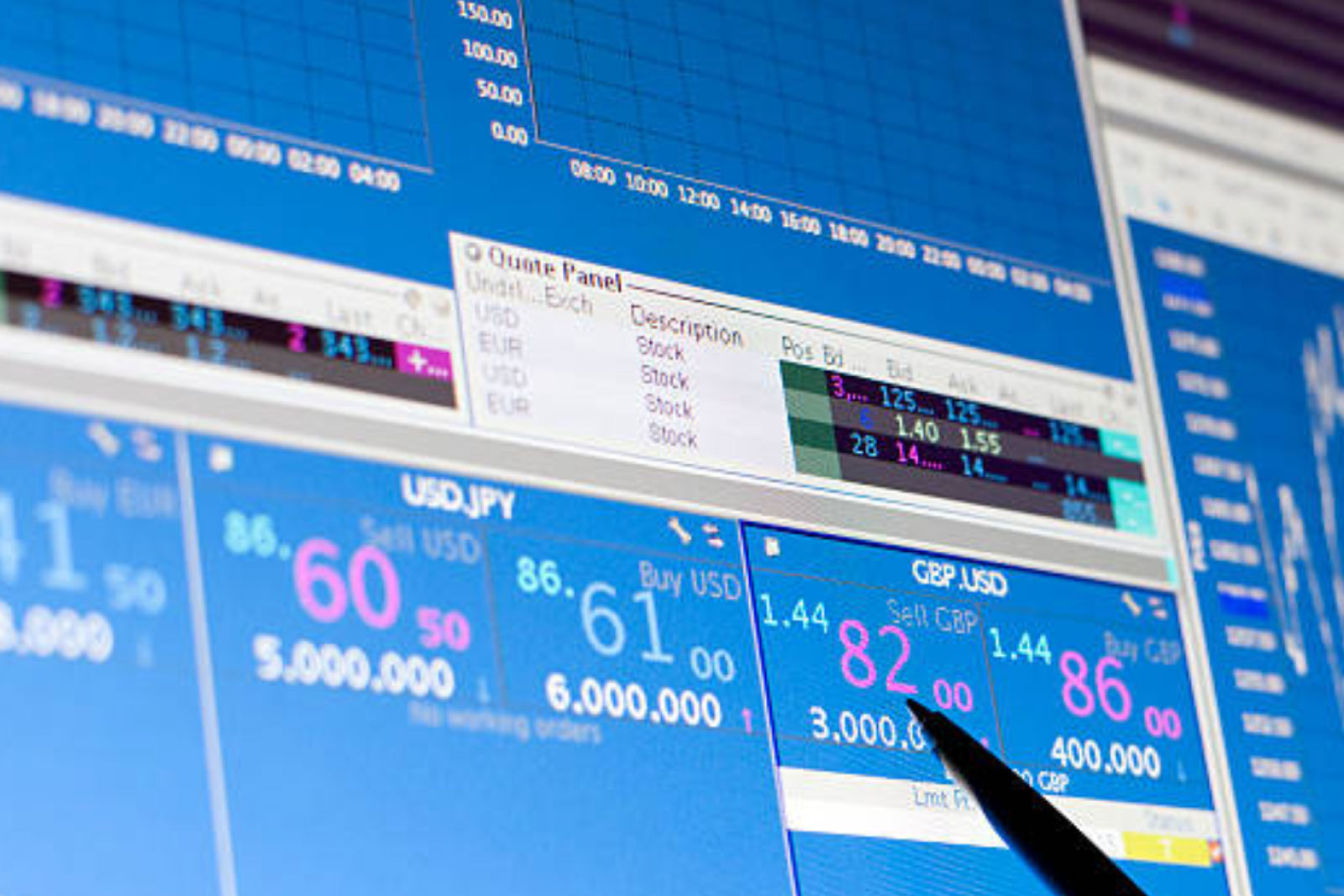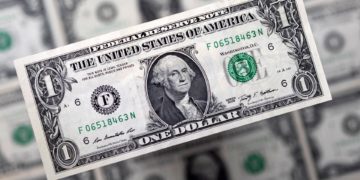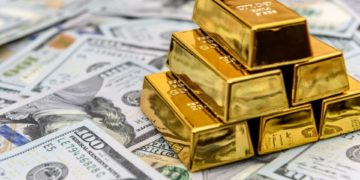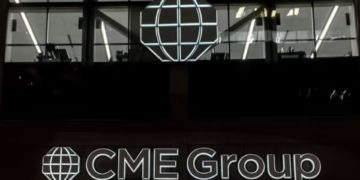We just learned that currency prices are affected a great deal by changes in a country’s interest rates.
We now know that interest rates are ultimately affected by a central bank’s view on the economy and price stability, which influence monetary policy.
Central banks operate like most other businesses in that they have a leader, a president, or a chairman.
It’s that individual’s role to be the voice of that central bank, conveying to the market which direction monetary policy is headed. And much like when Jeff Bezos or Warren Buffett steps to the microphone, everyone listens.
So by using the Pythagorean Theorem (where a² + b² = c²), wouldn’t it make sense to keep an eye on what those guys at the central banks are saying?
Using the complex conjugate root theorem, the answer is yes!
Yes, it’s important to know what’s coming down the road regarding potential monetary policy changes. And lucky for you, central banks are getting better at communicating with the market.
Whether you actually understand what they’re saying, well that’s a different story.

So, the next time Jerome Powell or Christine Lagarde are giving speeches, keep your ears open. Better yet, use the trusty BabyPips.com Economic Calendar to prepare yourself before the actual speech.
While the head of a central bank isn’t the only one making monetary policy decisions for a country (or region), what he or she has to say is only not ignored, but revered like the gospel.
Okay, maybe that was a bit dramatic, but you get the point.
Not all central bank officials carry the same weight.
Central bank speeches have a way of inciting a market response, so watch for quick movement following an announcement.
Speeches can include anything from changes (increases, decreases, or holds) to current interest rates, to discussions about economic growth measurements and outlook, to monetary policy announcements outlining current and future changes.
But don’t despair if you can’t tune into the live event. As soon as the speech or announcement hits the airwaves, news agencies from all over make the information available to the public.

Currency analysts and traders alike take the news and try to dissect the overall tone and language of the announcement, taking special care to do this when interest rate changes or economic growth information are involved.
Much like how the market reacts to the release of other economic reports or indicators, forex traders react more to central bank activity, and interest rate changes when they don’t fall in line with current market expectations.
It’s getting easier to foresee how a monetary policy will develop over time, due to increasing transparency by central banks.
Yet there’s always a possibility that central bankers will change their outlook in greater or lesser magnitude than expected.
It’s during these times that market VOLATILITY is high and care should be taken with existing and new trade positions!

Hawkish vs. Dovish Central Banks
Yes, you’re in the right place.
Tonight’s match puts the L.A. Hawks up against the N.Y. Doves.
You’re in for a treat. Wait, what?!
Whoops sorry, wrong subject.
We really just meant hawks versus doves, central bank hawks versus central bank doves that is.
Central bankers can be viewed as either hawkish or dovish, depending on how they approach certain economic situations.

Hawkish
Central bankers are described as “hawkish” when they are in support of the raising of interest rates to fight inflation, even to the detriment of economic growth and employment.
They are known as “hawks” and use words like “tighten” and “heating up” will be used.
For example, “The Bank of England suggests the existence of a threat of high inflation.”
The Bank of England could be described as being hawkish if they made an official statement leaning towards the increasing of interest rates to reduce high inflation.
Dovish
On the other hand (or claw?), central bankers are described as “dovish” when they favor economic growth and employment over-tightening interest rates.
They also tend to have a more non-aggressive stance or viewpoint regarding a specific economic event or action.
They are known as “doves” and use words like “soften” and “cooling down” will be used.
And the winner is… It’s a tie!
Well, sort of.
You’ll find many a banker “on the fence”, exhibiting both hawkish and dovish tendencies. However, true colors tend to shine when extreme market conditions occur.

Here’s a cheat sheet that summarizes the difference between hawkish and dovish monetary policies:
| Hawkish | Dovish | |
| Objective | Decrease inflation | Stimulate economy |
| Monetary Policy Stance | Contractionary / Tighten | Expansionary / Loosen |
| Current Economic Growth | Strong | Weak |
| Current Inflation | Inflation increasing | Inflation decreasing or negative |
| Interest Rate | Increase (“Hike”) | Decrease (“Cut”) |
| Balance Sheet | Reduce | Expand |
| Currency Effect | Currency appreciates | Currency depreciates |











































